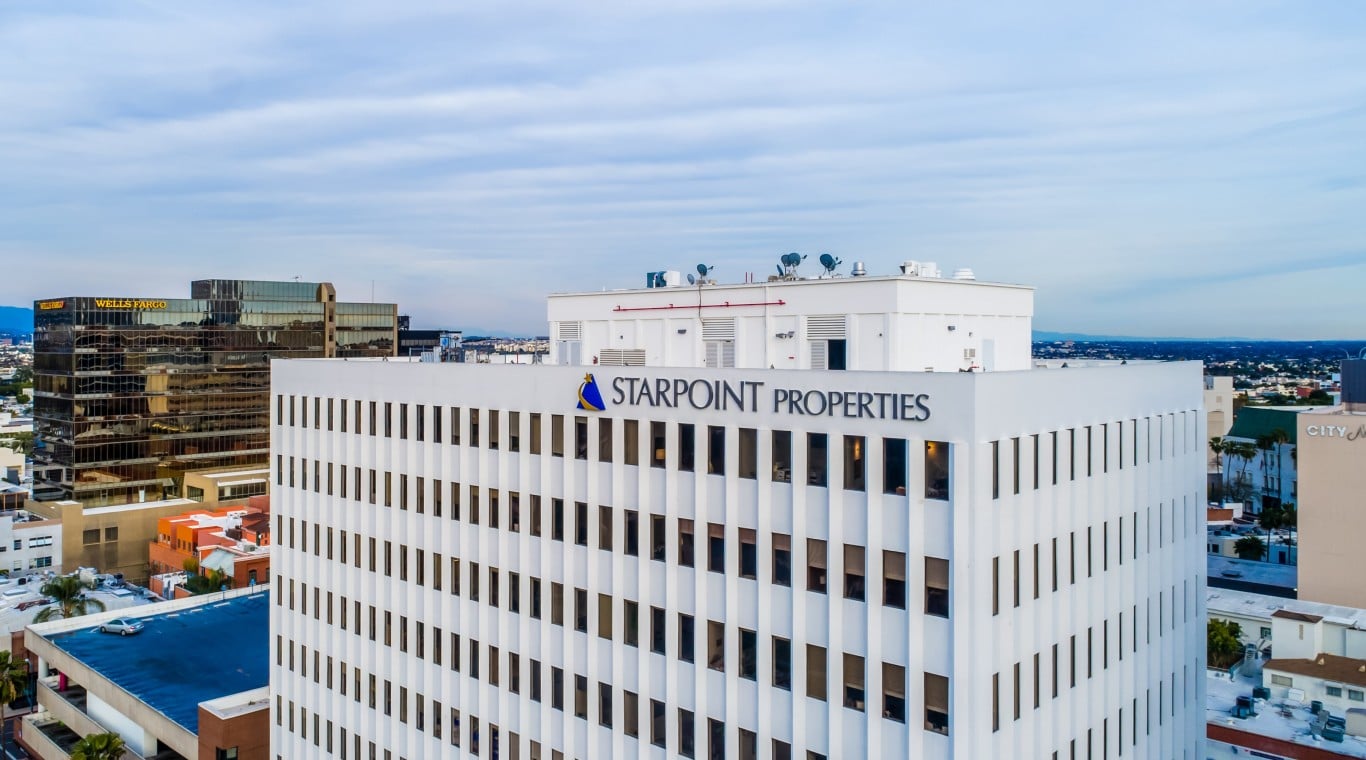Meeting the Demand for Single-Family Living
Demand for single-family housing is vast, but as new construction has slowed and prices have correspondingly increased, many Americans find themselves locked out of ownership. This hasn’t tempered demand for single-family living, though. Instead, more Americans are choosing to rent single-family homes. An entire cottage industry has emerged around single-family rentals, with one particular segment – built-to-rent (BTR) communities – exploding in popularity among real estate investors.
BTR communities are those in which single-family houses are designed and constructed with the purpose of renting them rather than selling them to individual homeowners. These are often master-planned subdivisions spearheaded by sponsors who have a long-term buy-and-hold strategy.
Purpose-built BTR communities are different than traditional single-family rentals (SFRs). Historically, investors would accumulate a portfolio of SFRs by purchasing one single-family home at a time. This is a time-intensive and costly process that is often difficult to manage and scale. BTR communities provide the management efficiency and scalability that is hard to achieve when trying to aggregate a portfolio of disparate properties.
There are several factors driving the growth of the BTR market:
- Demographic shifts: Millennials and Gen Z are accustomed to renting, and as these groups begin to have families of their own, are beginning to flock to the suburbs to raise their children in environments similar to those in which they were raised (i.e., in single-family homes). Many are choosing to rent while they pay off student loans and other debts, and as they establish themselves professionally and safe for a down payment on a home of their own.
- Changing work environments: The COVID pandemic has ushed in a new wave of work, one that allows many people to work remotely. This has shifted demand from urban locations to suburban locations where BTR communities are typically located. Renters who want more living space and their own outdoor areas will find BTR homes an attractive alternative to multifamily living.
- Low-cost debt: Lenders are becoming increasingly comfortable with financing BTR communities and in turn, are providing builders with low-cost loans at great terms (including non-recourse financing with extended interest-only periods).
- Variety of exit strategies: BTR homes lend themselves to several exit strategies, ranging from selling to institutional investors (who are increasingly entering the BTR market) and selling properties individually to other investors or homebuyers. The pool of potential buyers is significantly larger than that who would be willing to buy multifamily property.
Capital Markets Shifting in Response to BTR Demand
These trends have not gone unnoticed by the capital markets. In fact, we are already starting to see capital shift from other asset classes into BTR.
“Capital sources such as private equity funds have recognized and the increased demand for rental product across the country and are pivoting dollars away from other asset classes in real estate and doubling down on the residential space,” says Noam Franklin, a founder of Berkadia’s JV Equity & Structured Capital group. “While traditional multifamily remains attractive to these investors, our team has noticed a significant increase in interest in purpose-built built-to-rent single-family product since early 2020.”
While demand for BTR has been bubbling for years, the COVID pandemic has certainly accelerated the trend and interest among investors—large and small alike. Given the nascency of this niche, we expect there to be significant opportunity for anyone willing to be a first-mover in their local BTR submarket.


